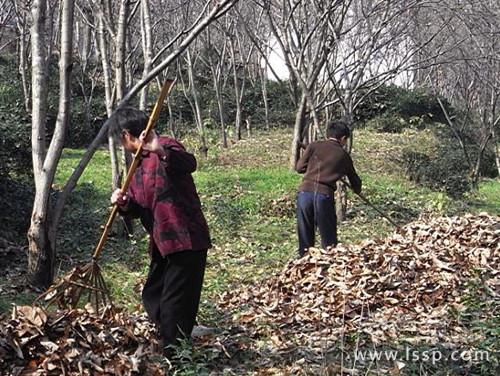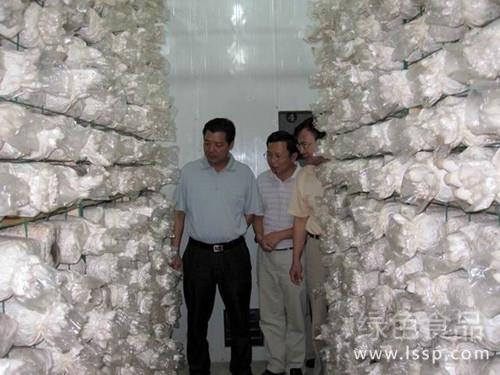Key points of winter management of chestnut orchard with deep ploughing and fertilization
At present, it has entered winter, in order to ensure the high yield of Chinese chestnut in the coming year, we should make full use of sunny days to do a good job in winter management of chestnut orchard.

Winter management of Chinese chestnut
Chestnut orchard cleaning: shoot down the unfallen empty buds and pest buds on the trees, together with fallen leaves, clean them up, and burn them centrally to reduce the overwintering places of chestnut pests. Combined with fertilization, weeds were eradicated and lime was sprinkled once throughout the garden.
Deep ploughing and soil improvement: after the leaves of Chinese chestnut are bare, combined with the application of basic fertilizer, the whole garden should be deeply turned over to improve the soil, deep 20~30cm, deep outside the crown and shallow around the trunk. When turning the soil, it can purposefully damage a small number of roots, which can promote the development of new roots and enhance the ability of chestnut roots to absorb fertilizer and water. Ploughing the garden can loosen the soil and reduce the places where pests can survive the winter.
Apply sufficient base fertilizer: the fertilizer is mainly dry manure and phosphorus and potassium fertilizer, usually 50 kg of dry manure, 0.2 kg of potassium chloride and 1 kg of calcium superphosphate are needed for every 100 kg of Chinese chestnut production per mu. After fertilization, cover a layer of fine soil, and spread rice straw around the main trunk of chestnut to prevent freezing and water against drought. After the farm manure is applied, it can be absorbed by the root system after decay and decomposition, and the base fertilizer must be applied early and after falling leaves at the end of autumn in order to exert the fertilizer effect. Dig annular trenches with 40cm width and depth or two symmetrical rectangular grooves at the outside of the crown from the drip line 20~30cm. After 2 days of sun exposure, fertilizers were applied.
Pruning and plastic surgery: December to February of the following year is the best pruning period. Cut off disease and insect branches, weak branches, withered branches and cross branches, concentrate on burning, and the tree shape should be natural and happy. After peeling off the old bark, white tree trunks are painted with Bordeaux liquid for heat preservation, sterilization and insecticidal effect.
Control of diseases and insect pests: the main diseases and insect pests of Chinese chestnut are anthracnose, chestnut weevil, chestnut gall wasp and so on. After harvest, chlorothalonil and cypermethrin solution should be sprayed comprehensively. In addition, 40% phoxim EC 300 times solution can be used to treat the soil in the threshing site to eliminate the larvae.
- Prev

Key points of management of mushroom emergence period of Pleurotus eryngii by temperature, humidity, light disease and insect control
Key points of management of mushroom emergence period of Pleurotus eryngii by temperature, humidity, light disease and insect control
- Next

Culture methods of yellow cicada orchid
The air requires yellow cicada orchid like shade, like moist, avoid dry, so it is more suitable to plant in the environment of air circulation. Soil requirements: yellow cicada orchid is suitable for sandy loam with good drainage and rich in humus, such as rotten leaf soil or mountain soil.
Related
- Fuxing push coffee new agricultural production and marketing class: lack of small-scale processing plants
- Jujube rice field leisure farm deep ploughing Yilan for five years to create a space for organic food and play
- Nongyu Farm-A trial of organic papaya for brave women with advanced technology
- Four points for attention in the prevention and control of diseases and insect pests of edible fungi
- How to add nutrient solution to Edible Fungi
- Is there any good way to control edible fungus mites?
- Open Inoculation Technology of Edible Fungi
- Is there any clever way to use fertilizer for edible fungus in winter?
- What agents are used to kill the pathogens of edible fungi in the mushroom shed?
- Rapid drying of Edible Fungi

